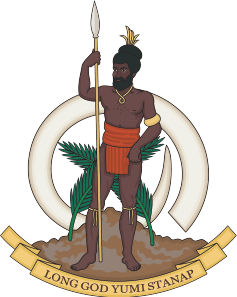On April 18, 1943, a formation of Japanese aircraft flying over Bougainville Island was set upon by a flight of US P-38 Lightnings. They sent several planes down in fire, including one irreplaceable one – a bomber carrying the top Japanese admiral, Isoroku Yamamoto.
It was no fluke. Codebreakers had discovered the flight path of the admiral and his itinerary, down to the minute. It was information that was actionable – about something that was yet to happen.
The breakthrough had come four days earlier. In that time, codebreakers delivered an assessment to the very top of the US fleet, Admiral Chester Nimitz. An attempt could be made, but should it be made? This doesn’t seem to have been a matter of sensibilities about whether commanders should try to deliberately target and assassinate their counterparts.
Instead, the questions Nimitz asked were whether killing Yamamoto – the architect of Pearl Harbour would see him replaced by someone more capable. The answer was no.
Secondly, could using the information signal to the Japanese that the priceless breaking of their naval codes was ongoing – leading to them to change their ciphers. Weighed against that, was the likely heavy blow to Japanese morale that would be struck.
Nimitz decided to go, and authorised the theatre commander, Admiral Bull Halsey, to arrange the strike. There is no documentary evidence that the decision rested higher – with ultimately, President Roosevelt.
The mission itself was a feat of complex planning and could have gone awry at any point if Yamamoto’s flight – which was a tour of Japanese airbases in the Solomons – had suddenly been altered.
There was no mistaking the jubilation at the highest level over the success – although Halsey in typical fashion complained jokingly that he had been cheated of being able to put Yamamoto in chains and lead him up Pennsylvania Avenue.
The shock in Japan was immense. Yamamoto’s death was concealed for a month. On the American side, the intercept was recorded as just another routine air clash in the South Pacific – no doubt part of a cover story. US audiences only learnt of the death when it was announced by the Japanese.
The true story of how the mission was achieved did not emerge until the 1970s. The admiral’s body however was recovered by the Japanese shortly after the attack, and he was given a state funeral in Japan.
And the scavenged remains of Admiral Yamamoto’s plane can still be found on Bougainville today.








